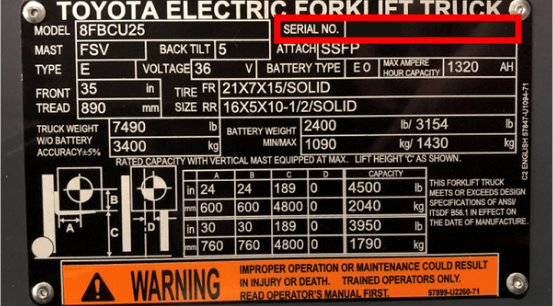Automated Guided Vehicles Make Materials Management Easier

As industries continue to advance, so do the technologies that facilitate them. Automated guided vehicles, (AGV) are technological innovations created to streamline factory processes. These unmanned autonomous vehicles are usually used in point A to point B applications to eliminate the need of using skilled employees in a simple and repetitive task. I’m here to offer you a basic breakdown of how AGVs work, so you can assess their relative value to your operation.
Automated Guided Vehicles – The Basics
AGVs can be guided seamlessly and effortlessly and be equipped with path interference detectors to help increase safety. This can also reduce the chance of damaged products. Automatic guided vehicles can come in many forms such as tuggers, carts, or unit load vehicles to transport materials from one location to the next without the need of a manual operator. This can give managers the opportunity to utilize the labor force in better ways by reducing redundancy of movement and operations with more than one station/shift.
How Do AGVs Work?
Using a system controller and an operator interface, companies are able to visually map out and log the whereabouts, health, and capacity of the automated guided vehicles. Engineers create distinct paths that will be put into operation. The vehicle will use tracks of magnetic tape or wires, or points of direction using lasers. When charging needs to occur there are a few options. Engineering can set an automatic time to go charge, once the vehicle hits a certain battery percentage, or if it is idle.
Who Uses AGVs
Many industries can benefit from the use of automated guided vehicles. The pharmaceutical industry is a good place for AGVs due to the need of validation of locations and processes. Another is manufacturing because of the ability to move Work in Progress (WIP) inventory.
AGVs can also be installed in different sizes of companies. Basically, AGVs are the everyman of facilities. While some may think only large operations were using AGVs, in the last decade these technologies have made their presence known in small to mid-size operations. This is due to the relative cost of a single unit and the utility of both small and large fleets. Companies with less investment availability can reap the benefits of installing AGVs using less expensive carts.
What’s Next For AGVs?
Automated guided vehicle engineers have recently been pushing the envelope to increase capabilities of AGVs that are making them more diverse in application, simpler to use, and easier on the wallet. The ability to program more than one navigation system and graphical interface make complex floor plans a no-hassle, easily viewable, and changeable solution. The improved systems in AGVs are being made with a constant eye on traffic in the warehouse which are allowing for even less throughput time with less damage than before.
While AGVs may be a great solution for one company, it may not be for another. Cost-Benefit analysis, among other research for your specific operation is important when deciding if implementing an AGV system is right for you.


